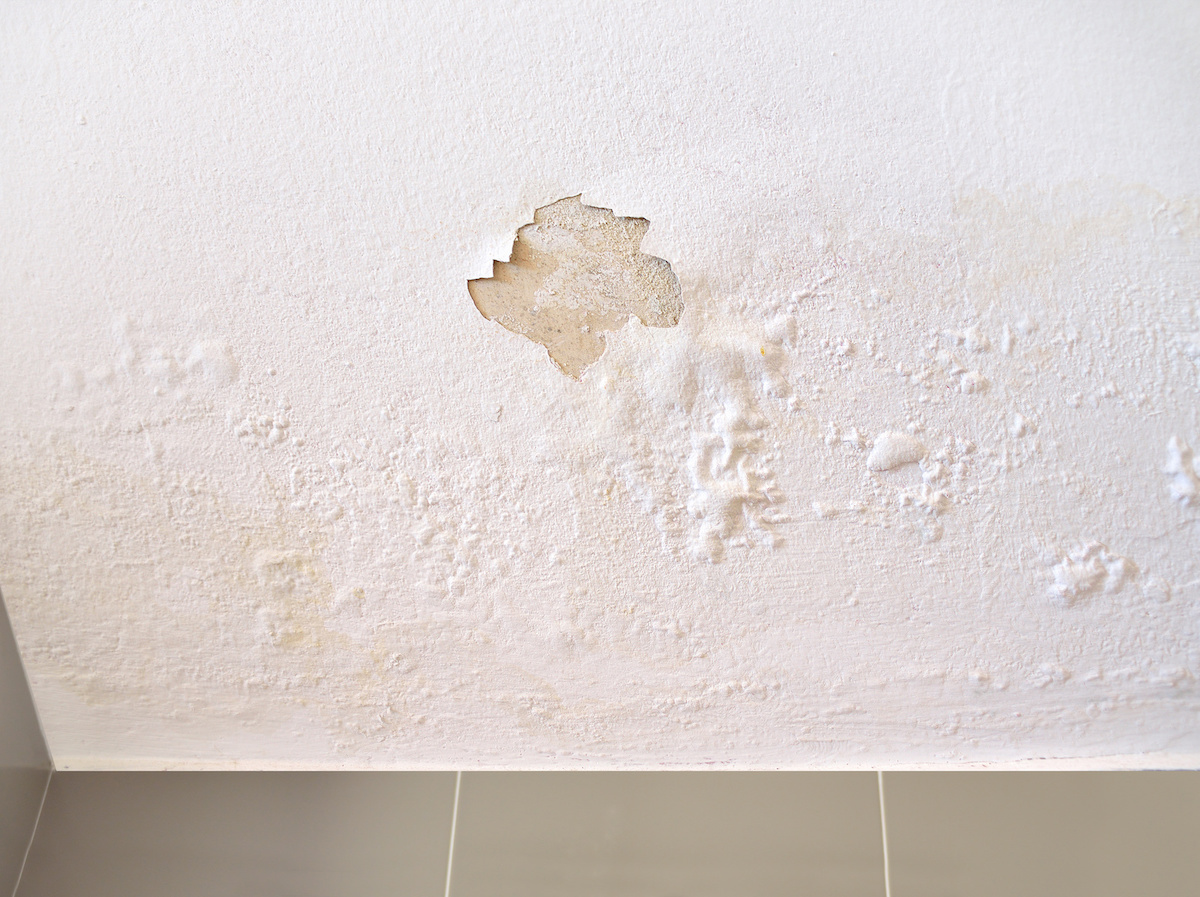How do you feel when it comes to Preventing Water Damage in the Bathroom?

The restroom is exceptionally at risk for moist accumulation as well as possible water damages because of the frequent use water in it. This post uses simple inspection techniques to aid detecting water damage dangers.
The constant use of water in the restroom makes it incredibly susceptible for damp buildup and prospective water damage. By examining it on a regular basis, you can decrease water associated problems.
The complying with collection of inspections is simple to execute and must be done as soon as in every three months in order to keep your washroom healthy as well as to avoid possible water problems caused by the bathtub, the shower, pipeline joints and plumbing, sinks, cabinets, as well as the commode
Do not neglect carrying out these examinations and also be extensive while executing them. Keep in mind that these simple evaluations can conserve you a great deal of cash by providing early indicators for water damage
Tub and also Shower
The shower and also bath tub call for special attention and maintenance. Inspect the ceramic tiles and also change if fractured. Make sure that there is no missing grout between the tiles. Examine as well as replace broken caulking at joints where the walls satisfy the floor or the tub. Blocked drains as well as pipes issues will avoid the tub from drying and may indicate serious problems beneath the tub. Talk to an expert promptly to avoid architectural damage. Take note of discolorations or soft locations around the bath tub wall surfaces as they might suggest an interior leak.
Plumbing
Signs for water damage are tough to identify given that the majority of pipelines are set up inside the walls.
Pay special focus to floor covering as well as walls dampness as well as stains as they might show an unseen plumbing issue. Inspect moisture degrees in adjacent spaces as well.
Sinks and Cabinets
Sinks and also cupboards are exposed to dampness and moisture daily and also are commonly neglected. Evaluate frequently under the sink and on the kitchen counter above it. Repair any kind of drip in the catch as it may recommend drain problems. Take a look around the sink, slow draining pipelines may indicate an obstructed drain. Change sink seals if they are split or loose.
The Commode
The bathroom is an at risk water junction. Check the water lines and also look for leaks around the commode seat, in the hose pipe, and also under the water storage tank. If you spot any kind of indications of moisture on the flooring around the toilet, check for leakages in the toilet edge as well as tank seals.
Realize that hanging bathroom dish antiperspirants enhances the chances for obstructions.
Water Damage Signs In The Bathroom To Avoid Cleanup
Musty smell
This is one of the easiest signs to catch because musty smells are so odorous. The damp, earthy, moldy smell should be a big red flag. The smell will develop when moisture gets trapped in surfaces, and begins to facilitate mold growth. Leaking pipes under cabinets, inside walls, and behind shower fixtures will cause moisture to stay trapped and not dry, which will lead to mold growth and spread. As soon as you notice any musty smells in your bathroom, have it checked for hidden water damage and cleanup signs.
Visible mold
If the smell isn’t there to give it away, sometimes you will actually see mold growth. Finding mold in your bathroom is a serious problem, because mold is very harmful to your health. By the time mold growth is visible, it also means that water damage has already occurred and been present for some time. The only way the mold problem can be resolved is to find the source of the moisture and get it stopped. To safely and adequately remove mold, you need to have professionals handle the remediation. Do not waste any time in getting mold problems addressed, fixed, and sanitized so that you can protect you and your family from the many respiratory symptoms caused by mold exposure.
Damaged floors
Bathroom floors should be able to withstand some exposure to water while still remaining in good condition. However, when excess exposure or water leaks occur, they will begin to damage even the most water-resistant flooring. If you notice any cracking, bubbling, staining, or warping on your bathroom floors, there is probably a water leak somewhere causing the distortion. If you notice areas of the floor have become softer, or even have a spongy feeling, there is probably damage to the subfloor. Subflooring is typically made up of plywood. When plywood is exposed to water or moisture, it will absorb it. Once it has become saturated, the weight of the excess water will cause the wood to swell and soften. Check the floors in your bathroom frequently to catch any of these sings before they lead to damaged subflooring.
Changes on walls
When water leaks behind walls, it will cause changes in the drywall. Peeling plaster, blistering paint, and soggy wallpaper are all good indicators that excess water is building up behind the wall. Water leaking behind drywall will cause it to swell and be soft to the tough. If you start to notice gaps along the trim of your walls, or where tile meets the wall, it could also be a strong indicator that there is a leak behind the wall. Any changes, distortion, or damage on the walls should be evaluated as soon as you notice it to prevent further water damage and cleanup.

I recently found that review on Common Causes of Water Damage in a Bathroom when doing research the web. Enjoyed reading our post? Please share it. Let others check it out. We recognize the value of reading our article about Preventing Water Damage in the Bathroom.
Give Me A Quote!